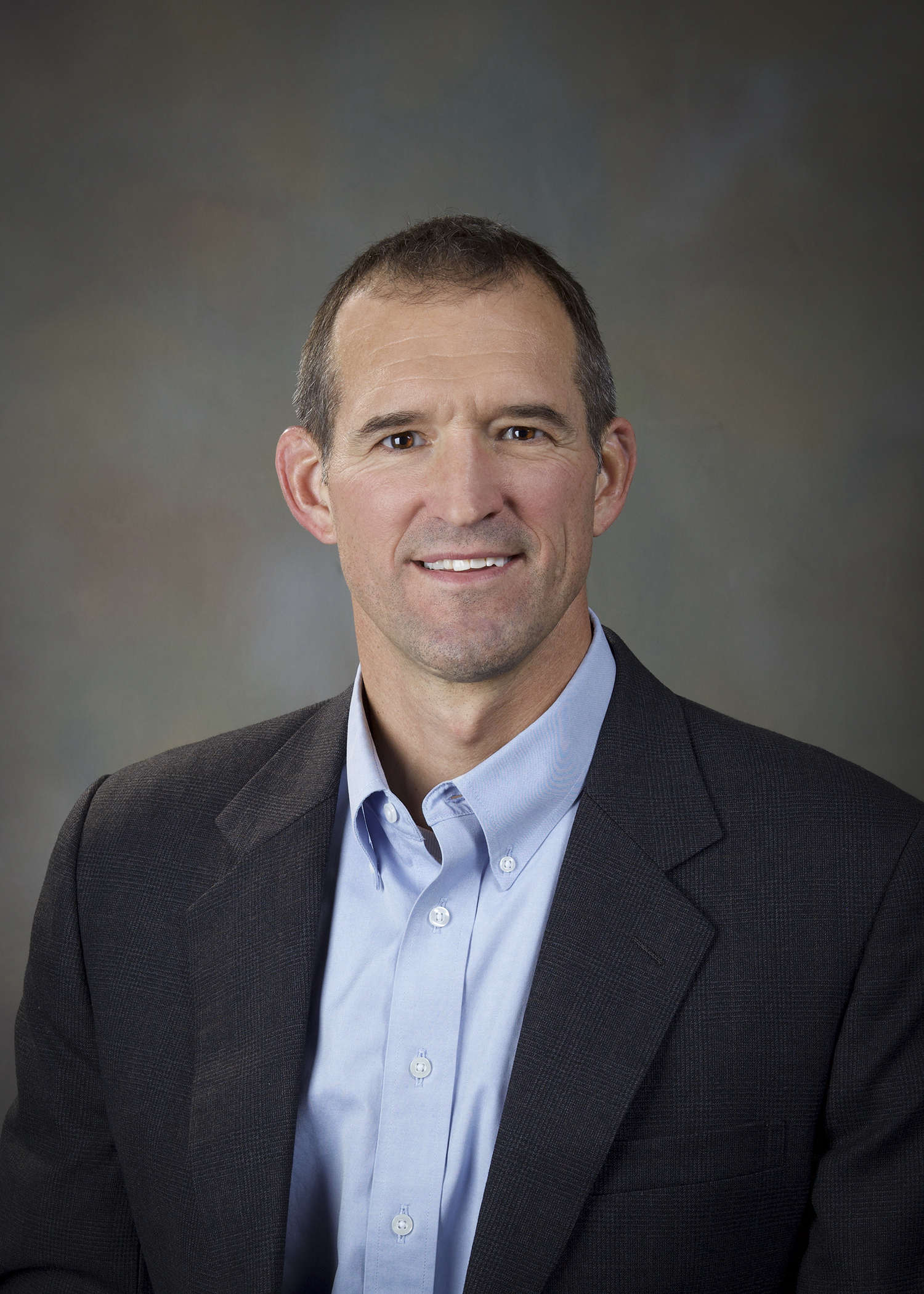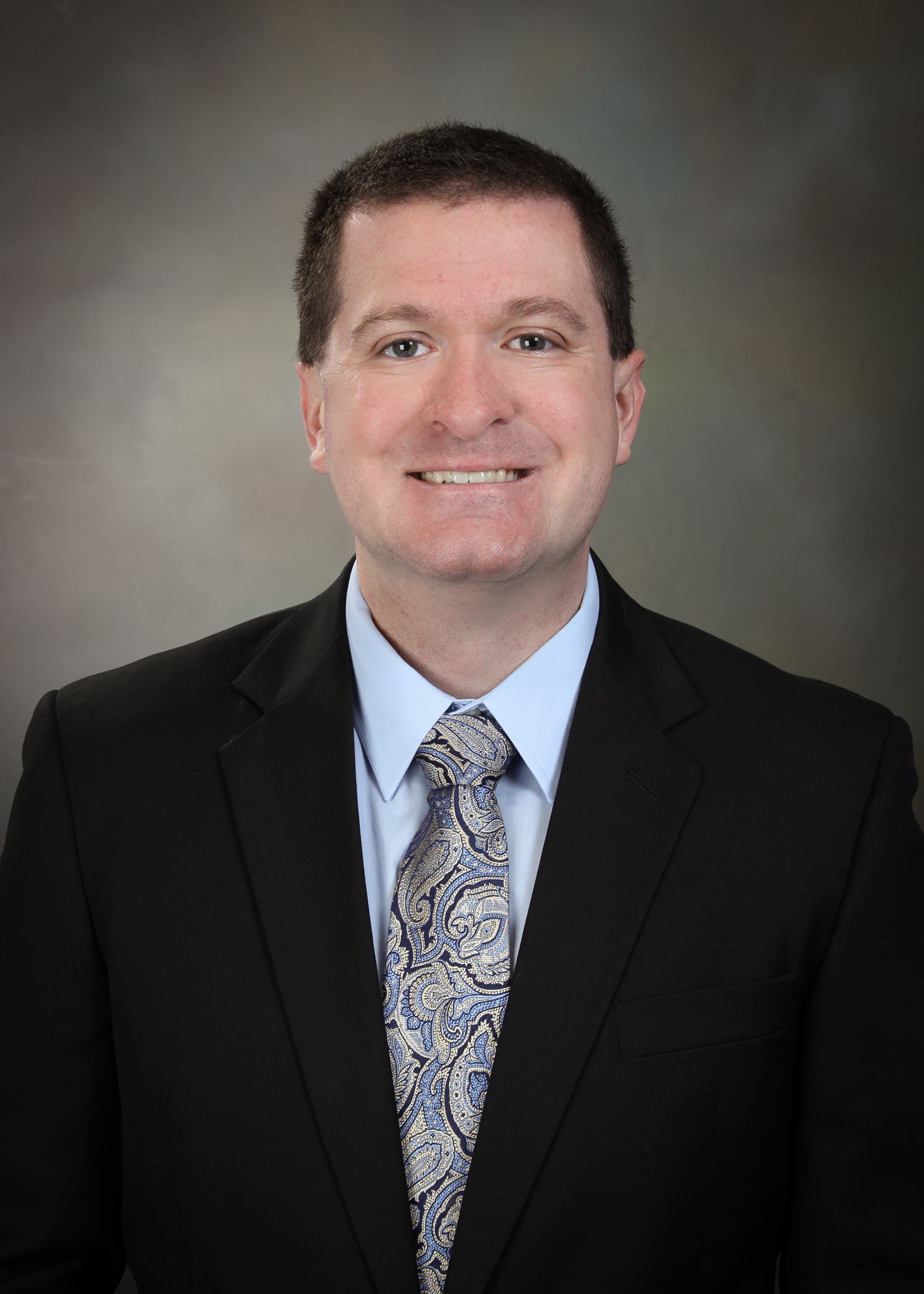ALBUQUERQUE, N.M. — Two Sandia National Laboratories employees will soon join the American Institute of Aeronautics and Astronautics class of 2024 as associate fellows.
“This distinguished group of professionals has made significant and lasting contributions to the aerospace profession,” said AIAA President and Sandia Deputy Laboratories Director Laura McGill. “They exemplify expertise and dedication to excellence in advancing their specific technical disciplines. They are truly shaping the future of aerospace, and we are proud of their achievements.”

Michael Ross
Michael Ross was recognized for his work in structural dynamics with an emphasis on fluid-structure interaction. During his 15 years at Sandia, he has worked on everything from satellites and rockets to airplanes and wind turbines.
“I conduct structural analysis,” Ross said. “I figure out what the loads are when we put these objects into space or the atmosphere. Is the structure sound? I figure out what it will take to ensure it remains structurally sound and doesn’t fall apart.”
The AIAA points out that his work has had a significant impact on systems and components at Sandia, with him contributing more than 100 design analyses in one system. His work has been instrumental in obtaining flight certifications and providing qualification evidence for numerous systems.
Ross said he is especially proud of his work on the B61-12 and on wind energy projects.
“There was this analysis we helped with where they had water turbines generating energy in currents, and we assisted with the structural aspects and redesigning them,” Ross said.
Ross began his work at Sandia in code development, where he was a key member in coupling the Navy’s Gemini code with in-house structural analysis codes. This code is now used by the Navy to predict underwater ship explosions.
When asked what this honor means to him, Ross said, “It’s really nice, but what’s even better are the congratulatory emails I’m receiving. These are coming from AIAA fellows at Lockheed Martin and Skunk Works. I have even heard from an astronaut and others at NASA. It’s more about the community I’m impacting. That means a lot.”
Ross said the rewards of his work also come from the outreach he does at local schools.
“I go and talk to students about what it means to be an aerospace engineer,” he said. “Those are the things that really touch me. Sometimes I appear with astronaut Stephanie Wilson, so the kids are all hyped up and want my autograph. I’m a space engineer, they think it’s so cool. It’s pretty touching.”

Brian Freno
Brian Freno has been working at Sandia for eight years. His childhood helped pave his career path.
“My father was an Army dentist, so growing up on military bases instilled a sense of patriotism in me,” Freno said. “I wanted to figure out how to serve our country. When I graduated from high school, I wasn’t sure whether I wanted to be a pilot or a mathematician. Some people mentioned engineering. So, when it was time to declare a major, I saw aerospace engineering alphabetically listed after accounting. I said, ‘let’s see how this goes,’ and I eventually earned three degrees in it.”
Freno is a principal member of the technical staff at Sandia, specializing in computational physics research.
“We strive to ensure that simulations are credible,” he said. “I devise approaches to verify that numerical methods are correctly implemented in physics codes; this is known as code verification. These codes are used to model a variety of physics phenomena and are used to simulate various weapons and other applications.”
The AIAA credits Freno with making contributions to the fields of fluid dynamics, ablation and heat transfer, structural dynamics, electromagnetics, reduced-order modeling, code verification, numerical integration and machine learning. Especially noteworthy are the code-verification techniques Freno recently developed for integral equations to isolate and measure the different sources of numerical error. This work filled a major credibility gap for integral equations and added to the credibility evidence in computational electromagnetics codes.
Freno said being named an associate fellow is humbling.
“I am grateful for it,” he said. “I am extremely honored because this is a very selective process. I am thankful for those who took the time to put together a nomination package that convinced an anonymous review committee that I was worthy of this honor.”
A new chapter
The pair will be inducted on Jan. 10 during the 2024 AIAA SciTech Forum in Orlando, Florida.
To be selected as an associate fellow, an individual must be an AIAA senior member in good standing with at least 12 years of professional experience and be recommended by three AIAA associate fellows.
This marks a new chapter in their careers.
“The AIAA associate fellows personify the innovation that drives our industry forward,” said Dan Dumbacher, AIAA executive director. They embody the ingenuity and commitment that are crucial for developing solutions to the complex questions raised across the aerospace community.”
Ross said he has some advice for those who are just starting out.
“One thing I would recommend to any young staffer is to get involved in a professional society,” he said. “It’s something to have that community and realize people have similar problems. We work with NASA and Lockheed Martin and other companies like it. Getting to know some of those professionals is wonderful. I’ve also had some wonderful interns through this partnership.”
For more information, visit: www.aiaa.org